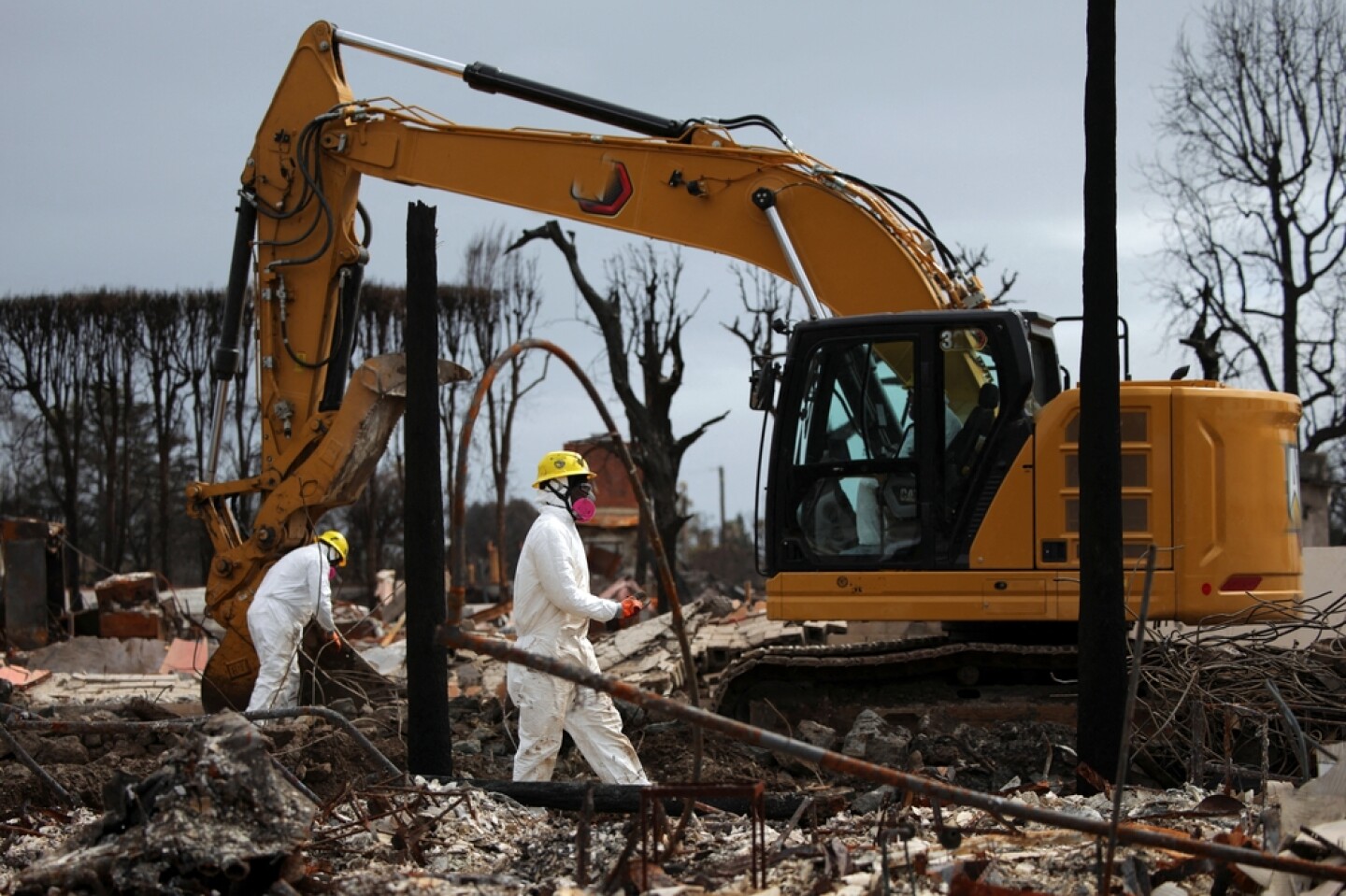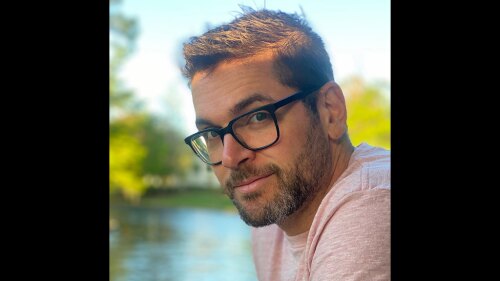In the aftermath of January’s devastating Eaton and Palisades fires, Los Angeles faces a daunting challenge: how to rebuild not only homes but also the infrastructure that underpins entire communities—from water and electrical distribution systems to damaged sewers and streets to community essentials such as trees, parks, and libraries.

Mitchell Menzer, a partner at the law firm Cox, Castle & Nicholson LLP, also co-led the infrastructure section of Project Recovery.
The scale of the infrastructure challenge is immense. The utility Southern California Edison, faced with mounting legal and regulatory pressures, is taking on some of that challenge. It plans to underground as much as 153 circuit-miles (246 c.km) of electrical distribution lines across high-risk areas, including Altadena and Malibu, with total project costs estimated between $860 million and $925 million. Multiple lawsuits allege that above-ground lines contributed to January’s fires; undergrounding, although not cheap, is a fire-preventive measure with the aesthetic bonus of unblocked views of the sunset.
Additionally, the Los Angeles Department of Water and Power plans to underground 4,000 power lines in the Pacific Palisades. It cites costs ranging from $1 million to $14 million per mile (1.6 km).
That’s just water and electricity. Many other facets of infrastructure require reconstruction. The scale of the task demands new approaches that balance urgency with long-term resilience against future fires, says Mitchell Menzer, a partner at the law firm Cox, Castle & Nicholson LLP. He co-led the infrastructure section of Project Recovery—a living document of a report developed by ULI Los Angeles, UCLA, and USC that provides expert recommendations to expedite fire recovery.
“There needs to be a clear infrastructure reconstruction plan—a complete assessment, and determinations about what’s going to be rebuilt and how,” Menzer says. “The infrastructure timing is really critical, because it may take a year, 18 months, to rebuild those homes, but there has to be infrastructure [present] to make sure that those homes can be occupied.”
The case for a single rebuilding authority
To streamline infrastructure rebuilding, the Project Recovery team recommends establishing a dedicated, single authority to manage recovery in each affected jurisdiction.
The Pacific Palisades is a neighborhood within the city of L.A. Currently, the city’s recovery efforts are siloed across multiple agencies, each responsible for a different aspect of infrastructure.
“We have DWP, which does the water and electricity,” Menzer says. “And then we have a public works department that [oversees] a lot of different areas, including streets and street trees.”
Similar silos exist in the L.A. County government, which Altadena—devastated by the Eaton fire—falls under jurisdictionally. Such fragmentation leads to inefficiencies and delays.
“Trying to get everybody to coordinate and work as one isn’t something that these agencies are used to doing,” Menzer says. “To rebuild quickly and efficiently, we recommended that a new agency be created in each of the two fire zones. [Each] agency would draw on all of the different bureaus and departments and relocate them in one place, where they would work 24 hours a day, with the single purpose of rebuilding in these communities.”
Although neither the city nor the county has yet committed to this model, Menzer sees it as the most promising way to overcome bureaucratic inertia and ensure that recovery is both effective and timely.
Wildfire resilience as a core infrastructure priority
Menzer and other Project Recovery experts advocate treating wildfire resilience as a form of infrastructure in its own right, requiring new building codes and the formation of special districts dedicated to fire safety.
“It’s very early for that,” Menzer says. “But . . . it’s coming to the point where there’s a consensus about the need for it.”
Menzer points to ULI’s Firebreak report as “a guidebook as to what communities need to do to make themselves safe from wildfires . . . in terms of individual structure design, but also [through] district-wide solutions.”
These solutions include firebreaks, brush clearance strategies, controlled burns, and advanced firefighting infrastructure.
“Both the Palisades and Altadena are going to need to [build] new infrastructure for the airplanes and the helicopters that fight these fires, and to operate them on an ongoing basis,” Menzer says.
Funding challenges
Funding for infrastructure recovery and resilience is far from assured. Menzer cites the uncertainty around Federal funding as one roadblock. With damage and economic losses estimated as high as $164 billion, the authors of Project Recovery say that current state and federal funding constitute only a fraction of what is needed for a full recovery.
Local and state lawmakers are “spending a lot of time in Washington, making their case, and trying to make sure that there are appropriations,” Menzer says.
Menzer also praises the potential of private sector initiatives, such as Project Recovery’s recommendation that homebuilders form a builders alliance. Doing so would involve such builders rethinking their approach to devastated fire areas. “Large national homebuilders that are very good at building at scale and building in a very cost-effective way could, in effect, treat both Altadena and the Palisades as master-planned communities where they would be offering homes—a wide array of homes—that are essentially models that they’ve designed,” he says.
This approach could help underinsured homeowners rebuild affordably, as production-scale homes are less expensive than custom builds, Menzer says.
Ultimately, however, the public sector needs to take definitive action.
“Both jurisdictions need to work on financing plans for this [challenge],” he says.
This article is the final installment of a series examining topics in the Project Recovery report.
Here are the past installments you may have missed:
● Article 1: Project Recovery Overview
● Article 3: Permitting Reforms
● Article 4: Labor and the Supply Chain







